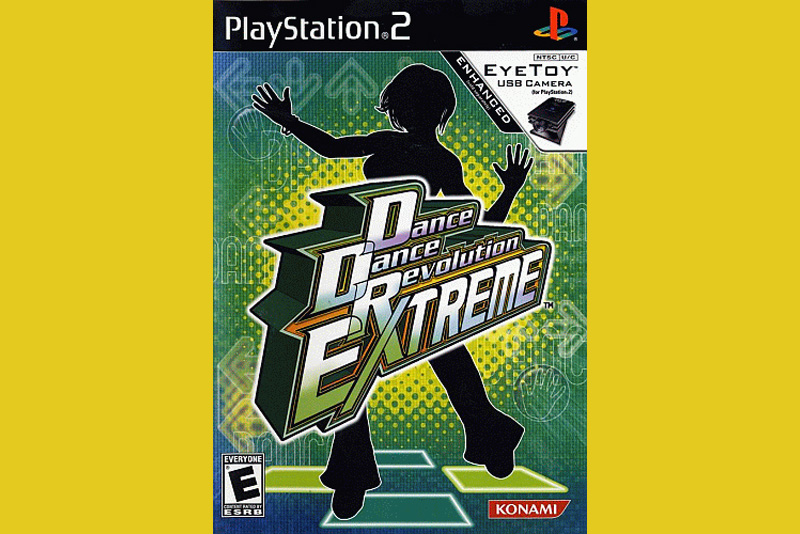Ar Tonelico : Melody of Elemia

Another RPG by Nippon Ichi Software (most famous for Disgaea), Ar Tonelico has a more futuristic bent and a fairly unique setting.
The setting is a world twice destroyed, first by humans and then by a massive virus. The virus was captured and sealed in a great tower by the "heroes of Elemia". Now the Knights of Elemia watch over the sealed virus. However, in mysterious circumstances, the virus is set free. Lyner, a knight of Elemia, must flee the overrun tower and recover the ancient item necessary to purge the infestation.
The game features two major races, one of which is responsible for the game's main gameplay point. The first is humanity; these make up the majority of characters in the game. These live both in the tower and the "lower world", the actual planet beneath the tower. The other race are the Reyvateils; created to maintain the higher world, Reyvatiels are capable of singing hymns to give powerful effects to their fellow combatants. As such, they are treated as tools by many humans in the lower world. The playable humans in your party will make up your combatants (who play in a standard RPG style), and the Reyvatiels will take up a unique party position where they sing to support the combatants by upgrading their synchronization. Synchronization increases damage, defense, and also the type of items you get at the battle's end. Thus, it is important to protect your Reyvatiel.
The other major game element involving the Reyvatiels is the Cosmosphere, an interactive fiction sub-game set in the consciousness of the Reyvatiel characters. By helping the characters with their psychological issues, you improve their synchronization and hymn powers. Going deeper into their psyche is unlocked by using the Reyvatiel in battle.
The graphics are cutesy, as with other NIS games (Atelier Iris, especially, looks similar). Compared to other games in general, this is sort of unique, but specifically compared to other NIS games, it's nothing special. The sound has a large part in the game due to the use of Reyvatiel Hymns, but truthfully neither the music nor the voice acting is that good.
Apart from a few new gameplay twists, most of this game is nothing new. For some people, I suppose, that's not a bad thing, but as a whole this game feels almost unnecessary. The setting starts off intriguing, but quickly deteriorates into a standard sci-fi "moral dilemma" where the hamhanded message is really just "be nice to people". I suppose it's not actively terrible, but mostly it's just not that impressive.
7/10.
The setting is a world twice destroyed, first by humans and then by a massive virus. The virus was captured and sealed in a great tower by the "heroes of Elemia". Now the Knights of Elemia watch over the sealed virus. However, in mysterious circumstances, the virus is set free. Lyner, a knight of Elemia, must flee the overrun tower and recover the ancient item necessary to purge the infestation.
The game features two major races, one of which is responsible for the game's main gameplay point. The first is humanity; these make up the majority of characters in the game. These live both in the tower and the "lower world", the actual planet beneath the tower. The other race are the Reyvateils; created to maintain the higher world, Reyvatiels are capable of singing hymns to give powerful effects to their fellow combatants. As such, they are treated as tools by many humans in the lower world. The playable humans in your party will make up your combatants (who play in a standard RPG style), and the Reyvatiels will take up a unique party position where they sing to support the combatants by upgrading their synchronization. Synchronization increases damage, defense, and also the type of items you get at the battle's end. Thus, it is important to protect your Reyvatiel.
The other major game element involving the Reyvatiels is the Cosmosphere, an interactive fiction sub-game set in the consciousness of the Reyvatiel characters. By helping the characters with their psychological issues, you improve their synchronization and hymn powers. Going deeper into their psyche is unlocked by using the Reyvatiel in battle.
The graphics are cutesy, as with other NIS games (Atelier Iris, especially, looks similar). Compared to other games in general, this is sort of unique, but specifically compared to other NIS games, it's nothing special. The sound has a large part in the game due to the use of Reyvatiel Hymns, but truthfully neither the music nor the voice acting is that good.
Apart from a few new gameplay twists, most of this game is nothing new. For some people, I suppose, that's not a bad thing, but as a whole this game feels almost unnecessary. The setting starts off intriguing, but quickly deteriorates into a standard sci-fi "moral dilemma" where the hamhanded message is really just "be nice to people". I suppose it's not actively terrible, but mostly it's just not that impressive.
7/10.

Related Articles
Editor's Picks Articles
Top Ten Articles
Previous Features
Site Map
Follow @lisavideogames
Tweet
Content copyright © 2023 by James Shea. All rights reserved.
This content was written by James Shea. If you wish to use this content in any manner, you need written permission. Contact Lisa Shea for details.





